Views of the Australian Colonies, New Zealand and South Sea Islands is a late nineteenth-century photograph album acquired by the V&A from Christie’s Auction House in 1981.
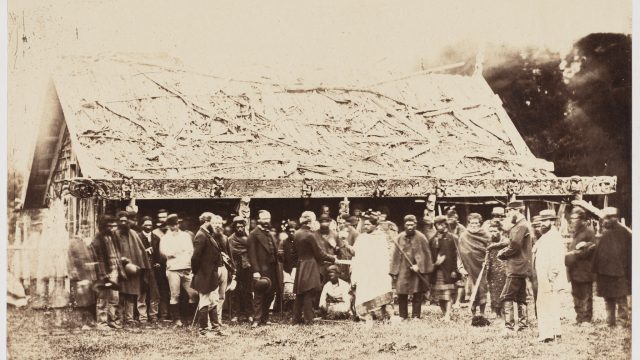
The album is a compilation of five pen and ink drawings and 179 photographs. Most have handwritten captions stating the location, date or person depicted. The photographs record events, locations and people during a contested and troubling period of history. The photographs fall into three main sections: the North Island of New Zealand, South-west Australia and the South Sea Islands during the 1860s.
Why is this nineteenth-century family photograph album important? It is a visual record of the past with historical, cultural, and genealogical significance – and its content highlights the changes in photography at the time. Photography at this point is no longer restricted to a hobby for an upper-class gentleman, and becoming an essential tool for anthropological study, a commercial product for purchase and a personal memory keepsake.
I would like to focus on the personal significance of this album and discuss some of the personal experiences and life stories of its compiler, who was unidentified at the time of acquisition. Unlike a modern-day family album, full of family photos, this album has just one. It is this one photograph that unlocked the first clue to identifying the compiler.
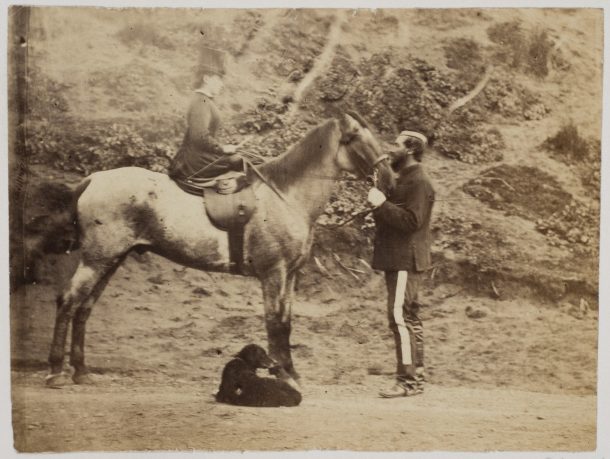
There is a clue was in the caption to the photograph that highlighted the initials ‘T.E.G.’, which were also embossed in gold on the cover of the album. The context of the photographs implied that he was a British officer in Wanganui (now Whanganui) in 1866. In his article ‘Brother in Glass: Montagu Higginson and the Photographers of the Waikato War’ Shaun Higgins confirms that the trading and purchasing of photographs in New Zealand was standard practice in the late nineteenth century. There are duplications of the photographs here in other collections and albums of this period. An album in the Auckland, compiled by Captain James Francis Daubeny (1838 – 1912) of the 18th Royal Irish Regiment, featured the most duplications, with the many of them images of the Whanganui area.
One of these duplications is of a military troop, but in the Daubeny album, the names of the officers have been identified with inscriptions written on the photograph. The question, of course, is ‘is Thomas Edward Green the person I have been looking for?’
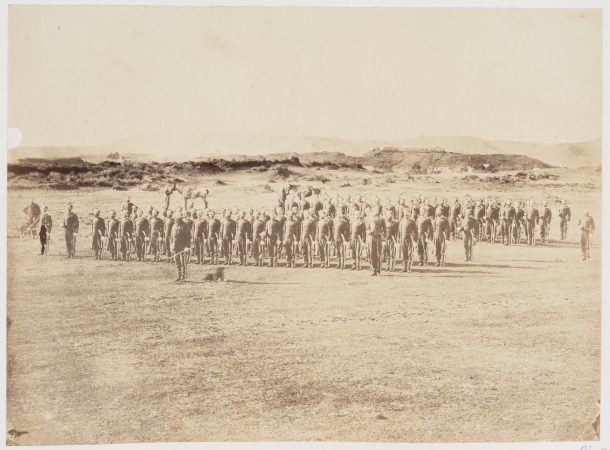
Thomas Edward Green
Thomas Edward Green (1829 – 1924) was born in Wroxham, Norfolk, England, one of nine children. His father James Green, married to Sarah, was a farmer ‘husbandman’. By the time Thomas was born his father had become a merchant, and when Thomas’ younger brother Richard Spurgeon Green was born (1843), their father was a landowner and gentleman. This is probably how Thomas could purchase his commission as ensign on 17 May 1850. He served with the 82nd Regiment of Foot (Prince of Wales’s Volunteers) during the rebellion in 1857 – 8, in Bengal, and then became a part of Military Train and Horse Transport – 4th Battalion, which was responsible for providing for the transportation of supplies, ammunition, and equipment for the British Army on operations. In 1863 the Military Train was posted to New Zealand to join the military force under the command of Lieutenant-General Sir Duncan Cameron, which had invaded the Waikato and was now conducting operations in the Wanganui area in the west coast of the North Island of New Zealand. You can find more information on the New Zealand Wars on Te Ara, the encyclopedia of New Zealand.
Captain Green sailed with his wife Mary Ann Green (1830 – 1900) from Woolwich on 3 November 1863, on the Empress, in command of Capt. Ellis. They arrived in Auckland on 20 February 1864. Based on the photographs, Green commanded the part of the Military Train that was deployed to Wanganui, on the west coast of the North Island. The photographs in the album seem to have been purchased or given to Green; taking photographs was expensive, and only a few could afford photographic equipment or have time to learn, which mean that purchasing photographs from studios was increasingly popular. The album contains photographs taken by various early photographers, including John Nicol Crombie, Daniel Manders Beere, William James Harding, John Kinder, Hartley Webster, Benjamin Peyman and Samuel Clifford.
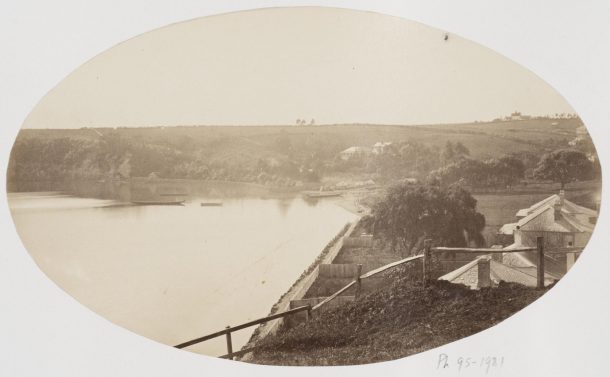
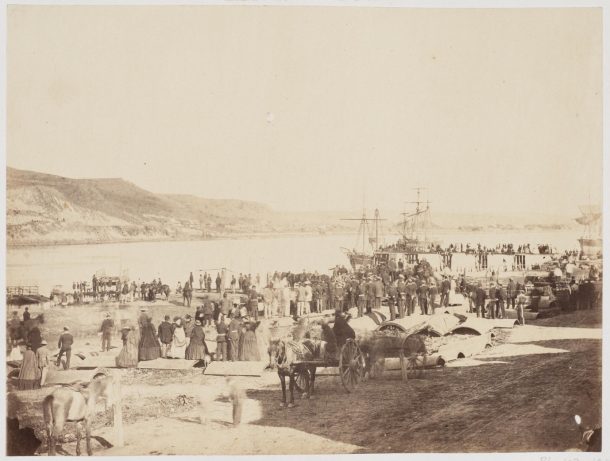
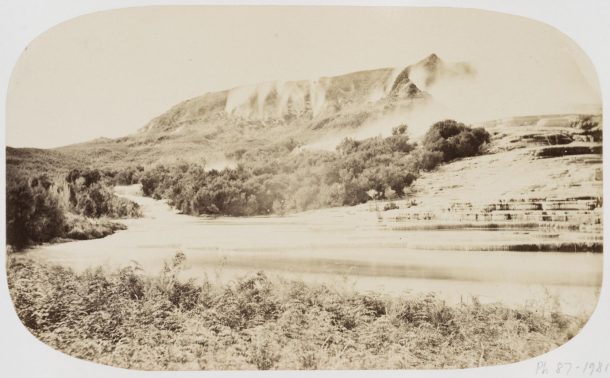
From March to June in 1866, Green obtained three months leave of absence. He seems to have taken the opportunity to travel with Mary Ann on the H.M.S. Curacoa commanded by Commodore Sir William Saltenstall Wiseman, the senior naval officer on the Australia Station. During the fighting in the Waikato Campaign, Wiseman commanded the Naval Brigade – which included the river steamers that towed the supply barges. It’s possible, as this would have meant working with members of the Military Train, that this may explain the close association with the Greens, and their presence on the ship. ‘The Curacoa … after the absence of nearly two years, has once more anchored in Hobson’s Bay [Sydney]. The latest ports she has visited have been Hobart Town and Adelaide … she brings with her Lady Wiseman, Captain Green, of the Military Train, and Mrs Green.’[1] The photographs of Australian scenes in the album relate to this voyage.
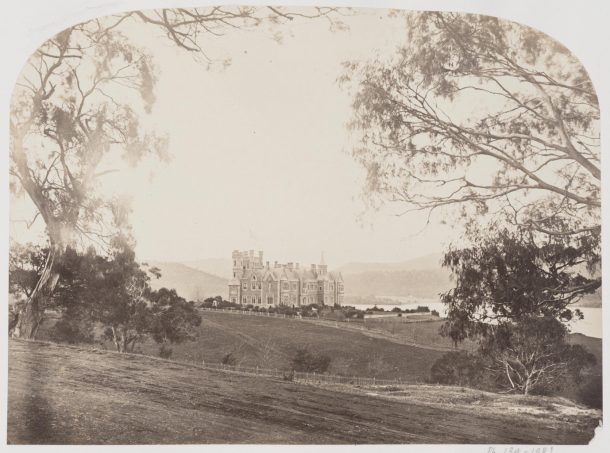
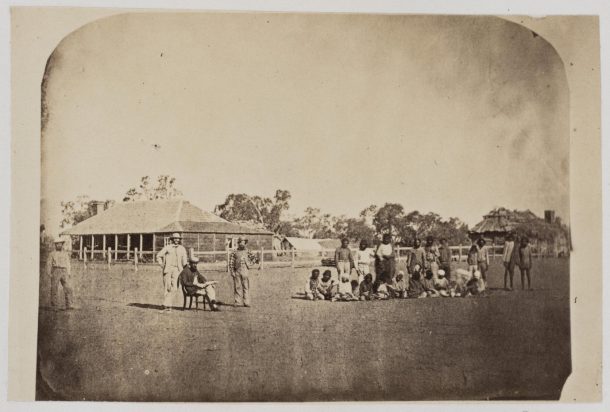
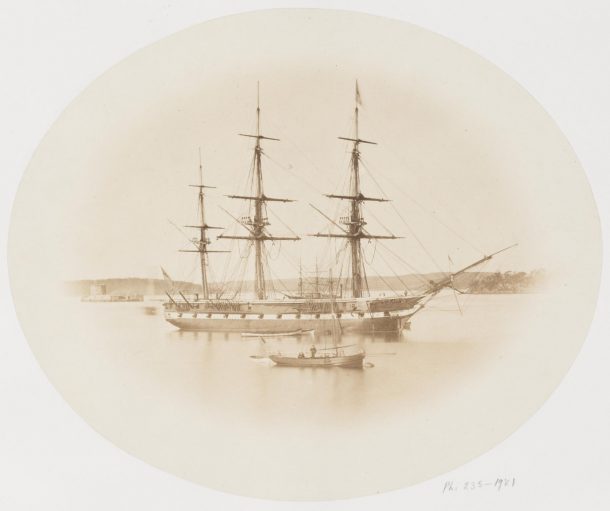
Captain Green and his wife do not appear to have been part of the South Sea voyage on H.M.S. Curacoa recorded in the group of photographs in the last section of the album. However, the contemporary newspapers show the close social connection of the two couples, so it’s possible that this last section was a gift from the Wisemans.
The New Zealand papers reported: ‘Queen’s Birthday at Norfolk Island – the 24th of May, the anniversary of her Majesty’s Birthday, was duly honoured and kept up by the inhabitants of this island. The officers of H.M.S. Esk, which was lying at anchor off the island, gave a ball in the evening, which was opened by Lady Wiseman, and Captain and Mrs. Green, Military Train, whilst the day was spent in sports, games, and every other amusement.’[2]
The Greens returned to England with the Military Train on the Countess Russell, arriving in Woolwich on 11 October 1867.[3]
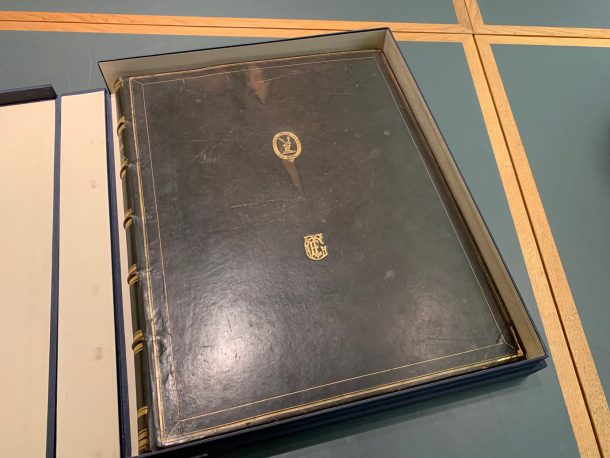
The final piece of the puzzle is the crest of a stag’s head along with the motto Virtute non verbis on the album cover. In Fairbairn’s Book of Crests, this is the crest of Richard Spurgeon Green, Thomas’s younger brother.[4] Thomas Green died at the age of 91 in Wroxham, Norfolk, England. This album bearing the family crest, and his initials, were perhaps souvenirs from a life of service.
Identifying Thomas Edward Green as the owner and compiler of the album is only one of many stories that this album holds. If you’d like to come and view the album please come and make a free appointment at the Prints and Drawing Study Room. You can also view digitised photographs from the album online.
Notes
[1] Ballarat Star, Victoria, Saturday 28 April 1866
[2] ‘Local and General News’, Wellington Independent, Volume XXI, Issue 2373, 9 June 1866
[3] Daily Southern Cross, Volume XXIII, Issue 3258, 25 December 1867
[4] Fairbairn, James, Fairbairn’s Book of Crests of the Families of Great Britain and Ireland, T.C. & E.C. Jack: London & Edinburgh, 1905, p.239.
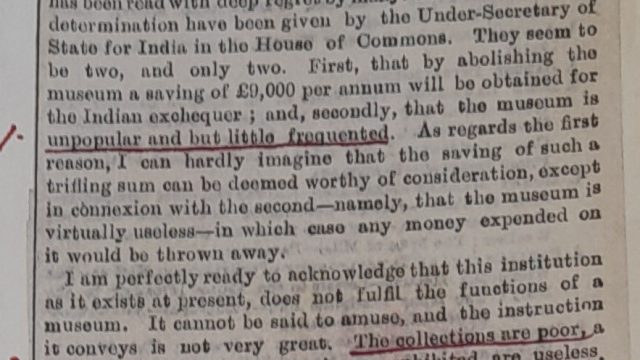
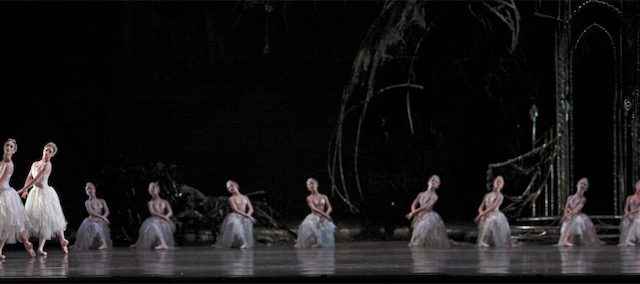
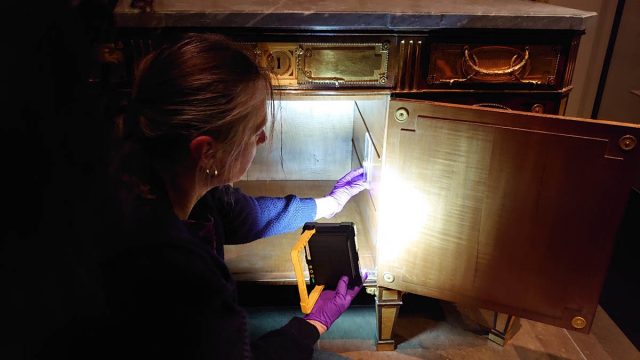
How insightful, what a good example of where careful research can take you and the revelations that can be enjoyed when the stories are uncovered .